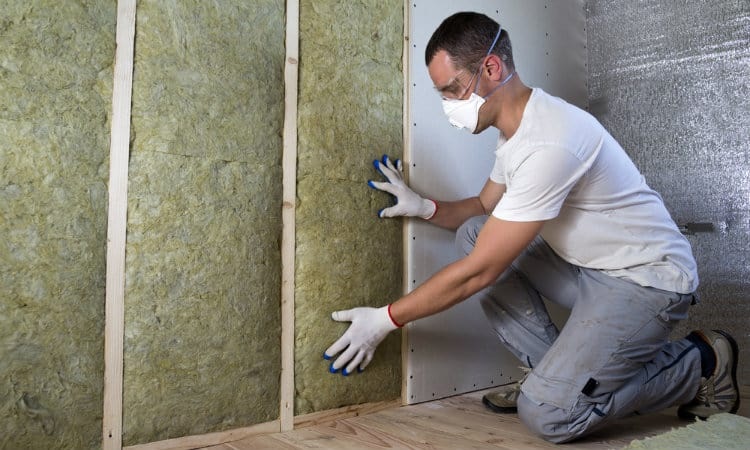
Soundproofing materials are widely utilized to mitigate noise disturbances in various environments, but do they completely eliminate noise? The soundproofing materials, such as foam panels and fiberglass insulation, are essential for reducing noise transmission and enhancing acoustic environments.
Noise Reduction vs. Noise Elimination
It’s essential to differentiate between noise reduction and noise elimination. Soundproofing materials are designed to reduce the transmission of sound waves by absorbing, damping, or blocking them. While these materials can significantly diminish noise levels, achieving complete silence or total noise elimination is often challenging, if not impossible, due to various factors such as the intensity of the noise source, structural limitations, and the properties of sound itself.
Effectiveness of Soundproofing Materials
Soundproofing materials are highly effective in reducing noise levels by absorbing sound energy or creating barriers to block its transmission. Common materials like acoustic foam, mass-loaded vinyl, fiberglass insulation, and soundproof curtains are engineered to attenuate noise and improve acoustic comfort in indoor spaces. When properly installed and combined with other soundproofing measures, these materials can achieve substantial noise reduction, creating quieter and more peaceful environments.
Limitations and Considerations
Despite their effectiveness, soundproofing materials have limitations that may prevent them from completely eliminating noise. For instance, low-frequency sounds, such as those produced by heavy machinery or traffic, are more challenging to attenuate than higher-frequency sounds. Additionally, gaps, cracks, or weak points in walls, floors, or ceilings can compromise the effectiveness of soundproofing measures, allowing sound to leak through. Moreover, certain noise sources, such as loud explosions or nearby construction, may be too intense for soundproofing materials to fully mitigate.
Comprehensive Soundproofing Solutions
While soundproofing materials alone may not completely eliminate noise, combining them with other strategies can enhance their effectiveness. Supplementing soundproofing materials with proper insulation, sealing gaps and cracks, installing double-glazed windows, and using soundproof doors can create a more comprehensive approach to noise control. Additionally, incorporating white noise machines, sound masking systems, or relocating noisy equipment can further mitigate noise disturbances and improve overall acoustic comfort.
In conclusion, soundproofing materials are valuable tools for reducing noise levels and enhancing acoustic comfort in various environments. While they may not achieve complete noise elimination, their effectiveness in noise reduction is undeniable. By understanding their capabilities and limitations, individuals and businesses can implement appropriate soundproofing measures to create quieter, more enjoyable spaces that promote well-being and productivity. Explore a range of soundproofing materials, including acoustic tiles and sound-absorbing fabrics, to effectively control sound levels in any space.







